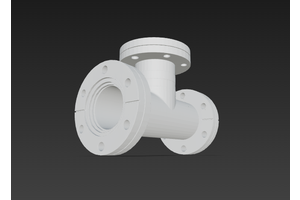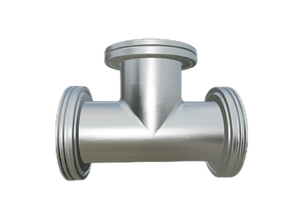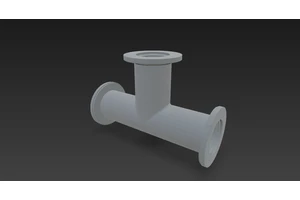Understanding the Relationship Between Vacuum, Positive Pressure, and Negative Pressure — Plus Vacuum Unit Conversions
In industrial applications such as scientific research, biotechnology, automation, environmental engineering, and water treatment, understanding vacuum, positive pressure, and negative pressure is essential. These concepts directly impact equipment selection, system design, and process control.
Below, we explain these three concepts, their interrelationship, and how to convert between different vacuum measurement units.
1. Basic Concepts
Atmospheric Pressure (Normal Pressure)
Atmospheric pressure refers to the air pressure exerted by the Earth’s atmosphere.
-
Standard atmospheric pressure is defined as 101,325 Pa (Pascals) or approximately 101 kPa.
-
For simplicity, in engineering practice, we often approximate it as 100 kPa, although actual atmospheric pressure varies with altitude, temperature, and weather conditions.
Negative Pressure (Vacuum)
Negative pressure is any pressure lower than atmospheric pressure. This is essentially what we call a vacuum.
-
Example: When you drink through a straw, the inside of the straw is under negative pressure; similarly, suction cups work because the inside is at a lower pressure than the surrounding air.
Positive Pressure
Positive pressure is any pressure higher than atmospheric pressure.
-
Example: Inflating a bicycle or car tire produces positive pressure inside the tire compared to the surrounding air.
2. Vacuum Degree (Vacuum Level)
In vacuum technology, vacuum degree generally refers to the ultimate pressure a vacuum pump can achieve — the lowest pressure inside a sealed container after the pump removes gas.
Two Measurement Methods
-
Absolute Pressure
-
Measured relative to absolute vacuum (theoretically 0 Pa, no matter present).
-
The closer the reading is to 0, the higher the vacuum.
-
Example: A high-vacuum miniature pump with an ultimate pressure of 10 kPa (0.01 MPa) is considered very high vacuum for its size.
-
-
Relative Pressure (Gauge Pressure)
-
Measured relative to local atmospheric pressure, with pressures below atmospheric shown as negative values.
-
The larger the absolute value of the negative number, the higher the vacuum.
-
Relationship:
Relative Pressure=Absolute Pressure−Local Atmospheric Pressure
Example:
If a pump’s absolute pressure is 10 kPa and local atmospheric pressure is 100 kPa:
10−100=−90 kPa(−0.09 MPa)
While the international vacuum industry prefers absolute pressure for accuracy, relative pressure is often used domestically due to simpler measurement tools such as common vacuum gauges.
3. Positive Pressure Applications
In laboratories, medical equipment, and certain industrial processes, systems may require gas compression above atmospheric pressure. This happens when:
-
Injecting gas into a container that already has positive pressure.
-
Overcoming high system resistance to deliver gas flow.
For example, some high-pressure miniature gas pumps can output more than 100 kPa (0.1 MPa) of positive pressure, operate oil-free, and run continuously for 24 hours without contaminating the medium.
4. Practical Example of Pressure Relationships
-
Negative Pressure:
A sealed container at atmospheric pressure has 100 “gas molecules.”-
A pump with -90 kPa relative pressure removes 90 molecules, leaving 10.
-
A pump with -75 kPa removes 75 molecules, leaving 25.
-
-
Positive Pressure:
If gas is pumped into the same container until there are 200 molecules:-
Absolute pressure = 200 kPa
-
Relative (positive) pressure = 100 kPa
-
5. Vacuum Degree Conversion Formula
Relative Vacuum Degree=Standard Atmospheric Pressure−Absolute Vacuum Degree
Example:
If absolute vacuum degree = 80 kPa, then:
100−80=20 kPa (relative vacuum)
This would read -0.02 MPa on a relative vacuum gauge.
6. Common Pressure Unit Conversions
| Unit | Equivalent |
|---|---|
| 1 Pa | 1.02 × 10⁻⁵ kgf/cm² |
| 1 Pa | 1 × 10⁻⁵ bar |
| 1 Pa | 0.01 mbar |
| 1 Pa | 9.87 × 10⁻⁶ atm |
| 1 Pa | 7.5 × 10⁻³ torr |
| 1 Pa | 4.01 × 10⁻³ inH₂O |
| 1 Pa | 7.5 × 10⁻³ mmHg |
| 1 Pa | 1.45 × 10⁻⁴ psi |





